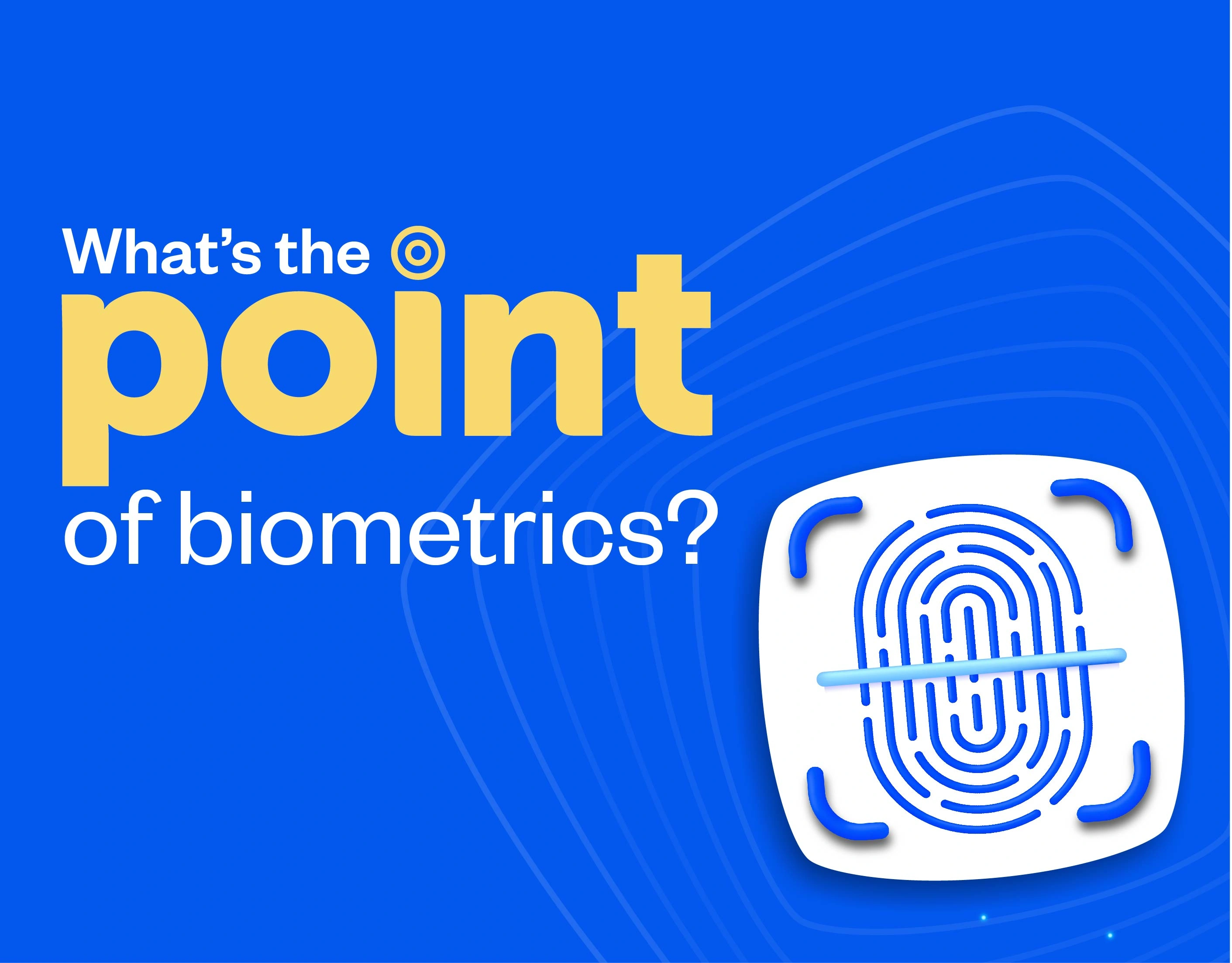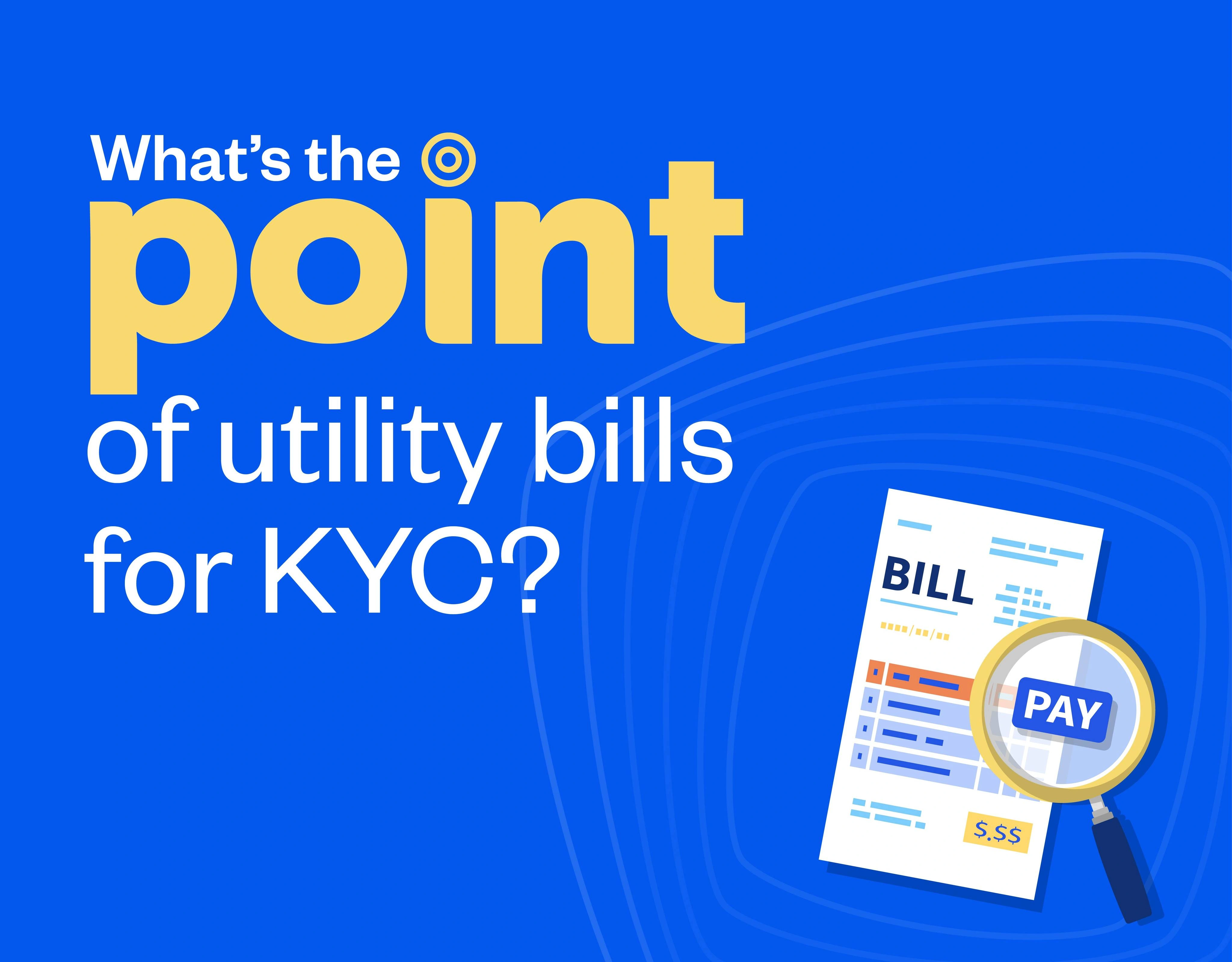Our goal at Moniepoint is to power the dreams of businesses. But anyone with dreams can tell you that the best ones are often much larger than your current capacity. It’s no fun to imagine things you already have - we all want bigger. This is how credit ever became a thing.
With loans, businesses can extend their runway beyond their current financial capacity. They can restock more goods to meet increased customer demands, open new locations, and expand their businesses. A whole new world of possibilities is open to them.
But even though we understand all its advantages, providing businesses with loans isn’t as easy as just giving out the money.
The data problem
With all the advantages and potential economic growth possible with loans, giving out loans isn’t exactly the simplest of processes. And the major reason for this? Data.
As banking in Nigeria grew and evolved, much of it was focused on providing direct services to people. Enabling them to make deposits, and move their money seamlessly was the focus, leading to great innovation and collaboration like we see with NIBSS.
Sadly, the credit side of things hasn’t seen this same level of attention or evolution. Even with a central credit bureau, quality data data on credit history and lending behaviours are either absent or hard to get a hold of.
This makes it difficult to see what previous credit behaviours and history are like for businesses, and make decisions. As a result, giving loans to anyone, especially SMEs, requires a lot of caution.
What are we doing about this?
At Moniepoint, these small and medium-sized businesses, are exactly the kind we’re looking for. They play a crucial role in not just supporting the economy, but also impacting everyday lives. They’re the stores you might typically run to when catching breakfast on your way to work, when shopping for groceries and other items later in the day, and so on.
To power these businesses, we started by providing a way for them to get the same services their more formal counterparts had enjoyed for a while. This is why Moniepoint’s core offering is banking solutions. We also provide them with POS terminals to process payments smoothly.
But that’s just the first step.
Banking them in this manner causes them to become recognisable financial entities. They have a sales history, business insights and a pretty clear growth trajectory. This moves them from being risky, inaccessible businesses, to tangible entities with a lot of data to boot. And that’s where the fun starts.
Credit where credit is due - Overdrafts
Before transitioning to serving businesses, our first credit product was designed to cater to cash-in cash-out merchants, or agents, as they’re often called. This product was called Overdrafts. Serving as a first step in extending banking services to where they were typically unavailable, these agents handled deposits and withdrawals for those around them.
This meant they needed to have physical cash and money in their digital wallets. But sometimes, at the end of the day, they might’ve had more deposits than withdrawals. Ergo, more money at hand than in their wallets.
In places where banks were already unavailable, finding a way to deposit cash wasn’t exactly an option. To remain in business and process more transactions, they needed to be able to borrow money, to increase the amount they had in their wallets and process more transactions. This need was what birthed the Overdrafts product.
With this function in mind, it was designed to be a 24-hour loan. They could take it out and return it in the next 24 hours. And the loans weren’t very large, because their needs weren't, either.
With our focus on financial inclusion, cash in cash out merchants had a need where they would run out of money in their accounts, or in their wallets. And then they essentially now looked to us for additional float so that they didn't have to pause their business or go to the bank to deposit cash. The overdraft product solved this.
We disbursed over $1.4 billion with this product, with a default rate of less than 1%. This further underscored how impactful an effective loan product could be, and set the stage for evolving it.
Working capital loans
By 2022, we realised we could more directly serve the businesses these agents served as middlemen for. So, we pivoted to providing banking services to businesses. You can check out the process here.
With this change, our previous loan product wasn’t exactly a fit anymore. It had been built specifically for cash merchants, but now we needed one serve any kind of business.
Much of the ideation happened at our Lagos office, over the course of a week. Tosin, Chidum and I, with a couple of others, sat through the entire process, deciding what we needed.
We had low-fidelity prototypes of what the whole thing would look like. And then, took that, fleshed it out into the detailed requirements, broke the work down into various teams and started building different product components.
The product we built went live in May 2023, providing a way to cater to any business that needed loans.
More than the money…
Supporting a business with loans isn't just about giving them any money they ask for. As great as that sounds, it often leads to more problems than it solves.
If you give a business just any amount, they might get over-leveraged, which means they get more money than they can manage or pay back effectively. This, in turn, often leads to the business becoming a defaulter, and it damages their credit profile. So, no more loans for them.
Doesn’t sound so great, does it?
This is why getting insights into these businesses is an important precondition for giving them loans. With the right insights, we can estimate whether a business is ready for a loan, and just how much would make sense for the scale of their business.
Putting data in context - Pre-qualification.
To give a business access to loans, we first sort through the data we have on them to make sense of their business. We call this the pre-qualification process, which helps us determine whether a business is qualified for a loan.
The objective? To identify a business’s real transactions, and separate them from one-off or personal transactions that don’t relate to business activities. This helps us understand the business's health and how well it’s growing.
We have many internal rules for filtering through transactions, many developed over months, but here’s a quick example of how it works.
Imagine a petrol station gets a N5 million credit on its account, tagged as a sale transaction. It’s very unlikely that anybody buys petrol worth 5 million naira, and even if they did, we know it's an outlier. With that context, our system will exclude it from the analysis of that business’s insights and focus on the more regular transactions it gets.
Or, say, a supermarket gets a N10,000 transaction from the same person every 30 minutes or hour of the business day. The odds of the same person visiting the business so regularly, and performing the exact transaction are extremely low to impossible. This is also going to be flagged, and excluded.
This and many other checks help us precisely determine what credit limit a business can support at its current stage.
Up close and personal - KYC & Eligibility.
The next stage of the process involves verifying the business’s KYC details, after which they can check their eligibility. We confirm that the details they’ve provided are accurate and that they’re eligible to get a loan.
We do this by analysing data available from credit bureaus in tandem with what we have from their transaction history. With this, we’re able to determine the business’s credit profile.
If they’re eligible based on this process, they can then let us know how much they want, and we will give them an offer. The offer contains all the details - How much their interest rates are, the tenure of the loan, and everything else. They can then accept the offer, and the loan goes through approval.
Getting the show on the road - Field verification.
In our approval process, we leverage a human-automation hybrid to give customers the best experience possible as well as ensure we can gather the data critical to making our credit decision. We developed tools that leverage geotagging, facial recognition etc., to digitise the process and ensure it is as seamless as possible.
Once the loan goes through the various stages of approval, the customer can access the approved credit limit and repayments are made from the customer’s account at the agreed intervals.
Our loan product today
Looking at how much the financial ecosystem has changed in the last few years, we realise that products like this are an important stepping stone to the next level. Many businesses that previously operated entirely in the informal market, offline and disconnected from the ecosystem, now have access to terminals and other means to accept payments digitally.
With this, these businesses can step into the light, and be seen. There’s insight into how much they process, where they are, and how they’ve grown over time. All of this makes it possible for us to find more ways to support them, as we now do with loans.
So far, we’ve disbursed over $20 million in loans, to businesses of all sizes. Each of them can explore new options for growth, all stemming from that first step we took to bank these risky businesses. They can grow beyond their current capacity, and we’re making that happen through working capital loans.
If you’d like to be part of a team helping businesses in emerging markets grow, visit our careers page.


